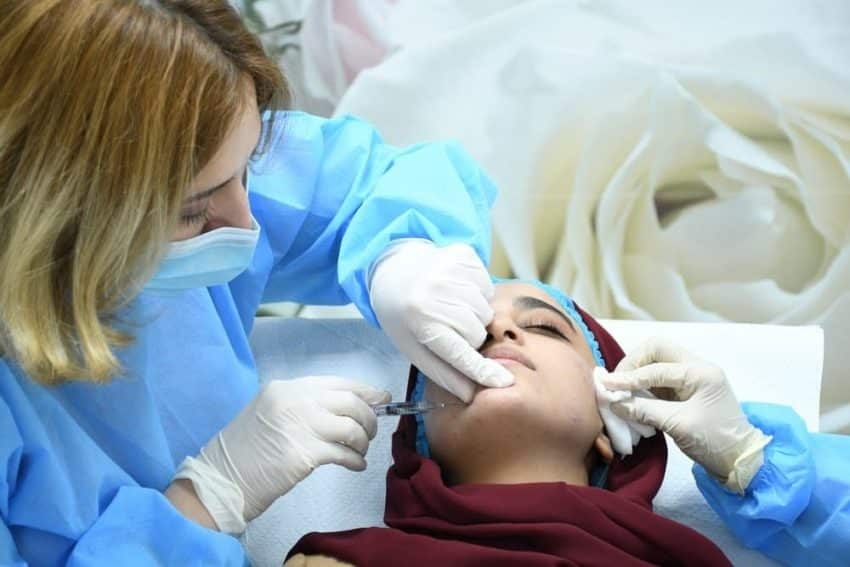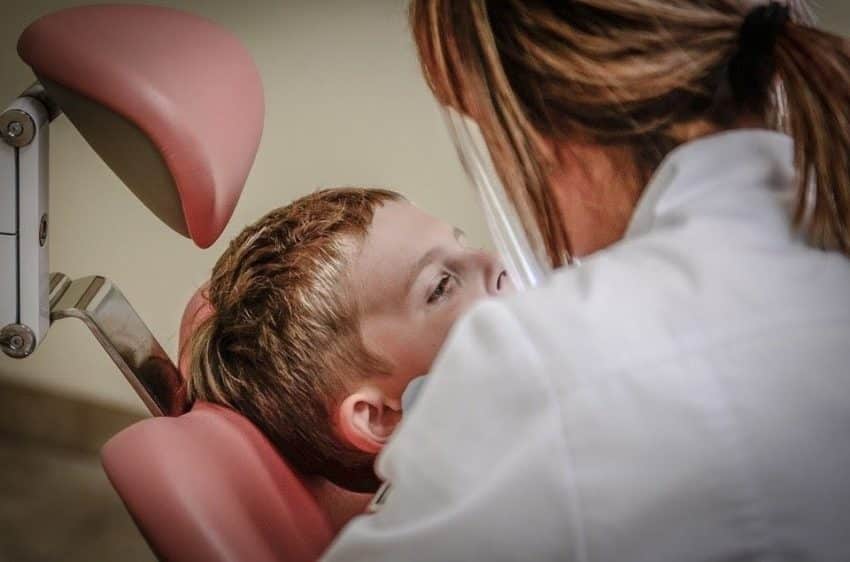How to Become a Dermatologist? A Stepwise Guide!
Updated: January 9, 2024
Published: September 23, 2021

You see it every day, but do you want to work with it? We are talking about skin, which is the largest organ of the body! If you have any interest in diagnosing and treating conditions that affect the skin, then you’ll need to know how to become a dermatologist.
This specialized practice takes years of training and education, but once you make it as a dermatologist, you get to set a relatively flexible schedule, earn a high-paying living, and help people.

What Do Dermatologists Do?
Dermatologists are doctors who treat skin, hair, nail, gland, and mucus membrane related conditions. Depending on their region of practice, they will spend their time on different ailments, diseases, or issues. For example, in Australia or regions where there is high sun exposure, dermatologists often deal with sun-related problems like skin cancer.
No matter where dermatologists are practicing, they’ll be familiar with how to treat specific skin conditions, such as: skin infections, hand dermatitis, nail disorders, moles, acne, and more. For most issues, dermatologists can provide topic solutions or injections. However, there are more serious diseases such as cancer which need more intensive approaches.
As such, dermatologists are responsible for:
- Diagnosing issues
- Creating treatment plans
- Performing follow-ups
- Addressing patient concerns
Requirements to Become a Dermatologist
Since a dermatologist is a type of doctor, there are very extensive requirements involved in becoming one. You will have to fulfill a combination of:
- Education
- Training
- Licenses
- Skills
How to Become a Dermatologist
Depending on where you are located and wish to practice, the steps it takes to become a dermatologist will vary.
Let’s start with the path in America. Here is what you can expect to follow in order to become a dermatologist.
Earn a bachelor’s degree
The first step is to earn a bachelor’s degree. Since this bachelor’s degree is a precursor to medical school, it is best to study a subject that is science-focused, such as: physics, chemistry, or biology. Once you make it to medical school, you’ll start specializing in the field.
Take the MCAT
In order to apply for medical school, you must take the MCAT (Medical College Admissions Test). You will take this exam during your undergraduate career so that you will have the results in time to apply to medical school, provided you want to start your graduate degree directly after earning your undergraduate degree.
Go to medical school
You will need to attend medical school. Your MCAT and undergraduate degree, among other requirements, will dictate your acceptance or rejection into medical school. In the first year of medical school, you’ll learn foundational knowledge across subjects like pathology, biochemistry, psychology, ethics, anatomy, histology, and more. During the second year, your coursework will take on a clinical focus. Finally, in the third and fourth years, you will get hands-on experience across medical specializations during clinical rotations.
Pass United States Medical Licensing Exam *USMLE) part one and two
After your second year in medical school, you’ll want to sit for the first part of the USMLE. After your second half of your third year in medical school, you’ll take part two of the USMLE.
Complete residency
After medical school, you must complete residency, which is generally a three-year program where residents match with their program of choice. Here, you spend 36 months seeing patients and learning all the tricks of the trade.
Within residency, you also secure a license and become board certified.
Pass USMLE part three
After your residency is complete, you’ll need to pass the third and final part of the USMLE. That is how you become a licensed doctor.
Get a license
With all the aforementioned requirements completed, you can apply for a license in whichever state you wish to practice.
Earn board certification
Additionally, you can become board certified by the American Board of Dermatology, if you meet these requirements:
- Have a dermatology license
- Passed the standardized ABOD Exam
- Have an M.D. from an accredited medical school
- Complete a fellowship in the specialty area of dermatology
- Renew your board certification every decade
As mentioned, different countries will have different pathways for how to become a dermatologist.
For example, in France, anyone who graduates high school can enroll in medical school. Depending on how they do on the exam at the end of the first year, the best of the bunch can continue onto the second year. Or, in Canada, dermatologists must complete medical school and then a five-year residency program of advanced training in the field. Canada also relies on the MCAT for medical school admission.

Job Outlook and Salary
According to Careerexplorer.com, the job market for dermatologists is expected to grow much faster than average at 11.4% between 2016 and 2026. Salary.com reports that dermatologists in Los Angeles earn an average salary of $401,600 per year. Of course, the average salary will depend on where you work and your years of experience, but you can count on the fact that this profession will be high paying because it is so specialized.
One of the very dominant factors for why this highly lucrative profession is so sought after is because of its relative flexibility (when compared to other positions in the medical field).
The Bottom Line
Knowing that you want to work in the medical field, you can determine whether becoming a dermatologist is right for you. Now that you know how to become a dermatologist, it is very important to think about if this is the specialization you wish to pursue.
Most dermatologists work in outpatient clinics and private practices, but some will be found in hospital and even academic settings. Dermatologists make up a unique subset of doctors who do not require long hours standing and can choose more comfortable work settings.
As a dermatologist, you will make a big impact on your patients’ lives because skin is the most visible organ, so not only does it impact overall health and well-being, but it has an effect on one’s self-perception and self-esteem.
